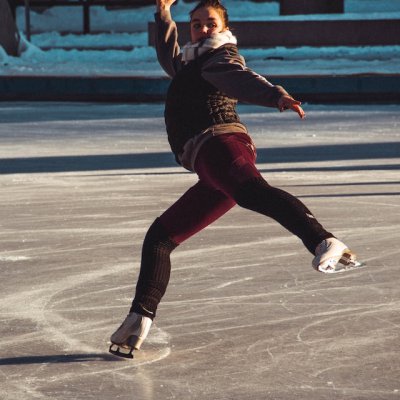past participle
- Ejemplos
See also hebben and zijn and the past participle. | Vea también hebben y zijn y el participio pasivo. |
The past participle gekomen becomes the infinitive komen. | El participio gekomen se convierte en el infinitivo komen. |
PP is, of course, the past participle. | PP es, por supuesto, el participio pasivo. |
Further, it is often used as the auxiliary verb before a past participle. | Además se utiliza a menudo como el verbo auxiliar antes de un participio. |
For the formation of the past participle, we conjugate the verb separately from its prefix. | Para la formación del participio, conjugamos el verbo separado de su prefijo. |
This means that we are dealing with a 'te + infinitive + past participle' construction. | Esto significa que estamos tratando con una construcción 'te + infinitivo + participio'. |
When a past participle acts as an auxiliary for another verb, it turns into an infinitive. | Cuando un participio pasivo actúa como verbo auxiliar, se convierte en infinitivo. |
Then, we attach the prefix to the beginning of the past participle. | Una vez hecho esto, volvemos a añadir el prefijo delante del participio. |
See also past participle. | Ver también participio. |
Here, the past participle is the independent verb and hence does not turn into an infinitive. | Aquí, el participio actúa como verbo independiente y, por lo tanto, no se convierte en infinitivo. |
Moreover, some English verbs don't change at all in their past simple and past participle forms. | Además, algunos verbos ingleses no cambian en absoluto en sus formas pasadas de participio simple y pasado. |
My favorite one of these is "smitten," which is the past participle of the word "smite." | Mi favorito de estas es "smitten", que es el participio pasado de la palabra "smite", golpear. |
Had it been an auxiliary verb for proberen, the past participle would have turned into an infinitive. | Si hubiera sido in verbo auxiliar para proberen, el participio se habría participios que se convierten en infinitivos. |
In this group of irregular verbs, the past simple and past participle are the same, and only the present form is different. | En este grupo de verbos irregulares, el pasado simple y participio son iguales, y solo cambia el infinitivo. |
For the conjugation of the past participle, we must distinguish between t-verbs and d-verbs? (just like we did for the simple past?). | Para la conjugación de este participio debemos distinguir, entre verbos-t y verbos-d (tal como hicimos con el imperfecto el imperfecto). |
There are three verbs that can be connected with a past participle: hebben and zijn for the perfect tense and worden for the passive voice. | Hay tres verbos que pueden acompañar a un participio: hebben y zijn para el pretérito perfecto compuesto y worden para la voz pasiva. |
Just like with the simple past, you need to know the difference between d and t verbs when you form the past participle. | Tal como en el pasado, se necesita saber la diferencia que hay entre los verbos-d y -t cuando se forma el participio pasivo. |
We have to memorize an infinite number of verbs that do not follow the general rules for the formation of the past tense and the past participle. | Tenemos que memorizar un número infinito de verbos que no siguen las reglas generales en la formación del pasado y el participio. |
There are three verbs that can be connected with a past participle: hebben and zijn for the perfect tense and zijn and worden for the passive voice. | Hay tres verbos que pueden acompañar a un participio: hebben y zijn para el pretérito perfecto compuesto y worden para la voz pasiva. |
Finally, we also a have third group of irregular verbs, where all of them are different in each form, the present simple, past simple and the past participle form. | Por último, tenemos también un tercer grupo de verbos irregulares, con las tres formas (infinitivo, pasado simple y participio) diferentes las unas de las otras. |















